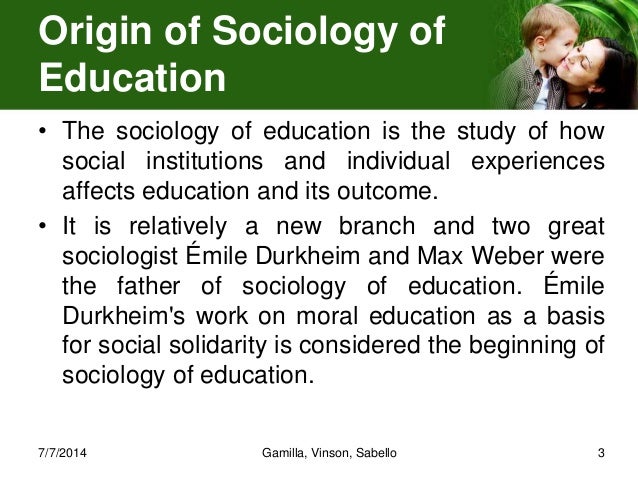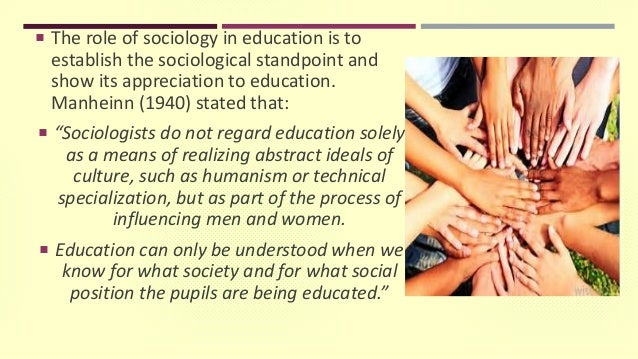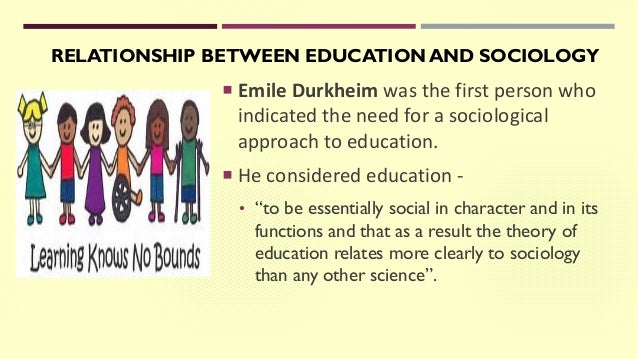Relevance: Sociology: Challenges of Social Transformation: Poverty, deprivation and inequalities.
Violence against women.
Girls and women’s access to and experience of education is obstructed by male-preferencing power structures that guide perceptions about domestic labour, marriage, and safety.
In January 2020, the United Nations Children’s Fund published a report revealing that, globally, one in three “adolescent girls from the poorest households has never been to school.” The report noted a trend where more resources allocated for public education were spent on students from high-income households rather than on students from low-income households.
Due to consistent pressure by feminist activists and groups, multiple independent and government programmes have gender inequities as their prime area of concern for redressal. In the Indian context, while more women are enrolled in institutions of higher education and are generally more successful in completing class 10 board exams than men, 84% of women are prevented from completing their degrees. Patriarchal structures either force them to marry early or prevent them from accessing formal employment.
A central figure in the fight for the education of women and Bahujans is Savitribai Phule, who, in 1848, along with her husband Jyotirao Phule, started India’s first girls’ school. During a time when female literacy stood at 7.1% and male literacy stood at 24.9%, Savitribai Phule challenged caste–gender structures that saw education as the prerogative of Brahmin males.
Advocates of girls and women’s education, many of whom draw inspiration from Phule, have struggled against considerable opposition and continue to battle patriarchal structures to increase girls’ access to education. According to the latest figures, female literacy stands at 64.6% and male literacy stands at 80.9%.
This reading list details the barriers that obstruct girls and women’s experiences of education, including the impact of unaccounted domestic labour and educational curriculums.
Schooling Preferences and Environment
In 2002, Vacha Women’s Resource Centre conducted research to learn more about the educational outcomes of girl students in municipal schools in Mumbai. They found that schools at the time were shutting down because of low enrolment caused by the rapid movement of people across rural and urban areas and by a preference for private schools. They learned that parents tended to enrol their sons in private schools, especially the ones that taught in English, and their daughters in public schools. The research team argues that this is most likely because municipal schools are supposed to teach in multiple regional languages.
It may also be that girls are supposed to carry on cultural traditions and learn the family/ community language … Qualitative remarks reveal that large expenses are incurred on brothers’ education in the form of fees and tuition because the boys are attending private English medium schools.
Within the schooling environment, researchers noticed a harmful and pervasive pattern of sexual harassment, impunity, and discrediting of girl students. Such a culture makes educational spaces—ostensibly designed to encourage creativity and curiosity for all students—hostile and exclusionary for girl students.
The girls resented the behaviour of male teachers and they expressed their discomfiture to us. The principal of the school did not believe the girls. (Two municipal school teachers had been arrested for the confinement of girl students and molestation while the school was on.)
Unaccounted and Unequal Domestic Labour
Articles on female education consistently note that girls’ access to schools is severely curtailed due to patriarchal beliefs that girls and women must be the ones doing household labour. Such labour is not considered and measured as labour, even though it shares the characteristics of formal employment. Neera Burra identifies that such beliefs are entrenched to the extent that parents find multiple excuses to justify the practice of not schooling girls.
[I]f parents are reluctant to send their girls to school because they need to work at home and help mothers with domestic tasks, the options of non-formal education immediately spring up, adjusting schooling to fit into the girl’s work schedule. The question of challenging mind-sets and trying to change ideological perspectives is simply not seen as an option … Distance from the village becomes a common excuse and parents fear sexual abuse if children have to leave their village to go to another village for schooling. The fact that girls are routinely sent out to work on cotton fields, to fetch fuel and water for the household, which often requires them to go beyond the village boundaries, is never an issue …. Several examples go to show that if there is a will, there is a way out.
Burra observes that cultural relativism is frequently used as a convenient justification to maintain power relations.
Marriage and Education
Girls’ access to education has long been curtailed because of an insistence on marriage, primarily before they turn 18. They cite statistics from the National Family Health Survey (2005–06) to show that almost half of all women aged 20–24 in India were married prior to the age of 18 (30% in urban areas and 53% in rural areas).

To investigate the relationship between marriage and education, they conducted a comprehensive quantitative and qualitative study in Telangana and Andhra Pradesh. One key finding is that girls who stayed in school for a longer period of time were likely to marry at a later age. They also found that education improved their knowledge about laws, including those on marriage and rights.
Involvement in the paid work to support the family was cited as one of the reasons for dropping out of school (40.6% of cases in Telangana and 38.8% in Andhra Pradesh). The second largest reason was marriage (33.9% in Telangana and 33.3% in Andhra Pradesh). The third reason, particularly important since participating in family labour through care work remains invisible and unaccounted, was taking care of younger siblings— 14.3% of women took care of their younger siblings by not going to school in Telangana, whereas the same is 7.7% in Andhra Pradesh. Apart from this, migration was another reason for discontinuation of education among women.
Educational Curriculum
Nandini Manjrekar questions the use of educational curriculums in propagating false conceptions of gender and caste harmony in India by focusing on the National Curriculum Framework (NCF) released in 2000.
It is not surprising that the NCF, displaying its ideological position on women, includes education of girls in a section titled “Education for a Cohesive Society.” Here, we get a glimpse of how girls can be educated the “Right” way. Patriarchal oppression and the struggle for equality and justice are non-issues in a social order in which caste and gender hierarchies are non-conflictual, harmonious elements in the seamless fabric of the great Indian tradition:
“… After all, India gave her women the right to vote without any prolonged battle for it unlike in the west.” [NCERT 2000: 9]
Manjrekar also recognises that vocational courses under the NCF that were conceptualised as an alternative to a college education have severe limitations.

Vocational courses for girls are highly gendered – typing, tailoring, etc, which only allow them entry, if at all, into low-paying jobs in the unorganised sector … This will only serve to heighten inequalities by caste, class and gender, by further restricting the access of poor girls, Dalits and other marginal groups to higher education, and decreasing their representation at this level.
Barriers to Employment
Education levels influence the ability of women to be employed. Given that education levels—amongst women as well—vary considerably, policy and implementation reforms must consider and address inequalities between women.
Given the advantageous position of women from the upper castes in terms of education and accessibility to job markets, such a trend may suggest the continuation and strengthening of structural inequalities in tandem with economic changes. These differential patterns clearly highlight the need to evolve differentiated policy formulations and interventions to address the issue of employment for different segments of the female population.

For more such notes, Articles, News & Views Join our Telegram Channel.
Click the link below to see the details about the UPSC –Civils courses offered by Triumph IAS. https://triumphias.com/pages-all-courses.php


